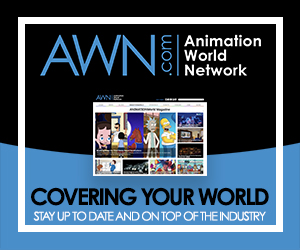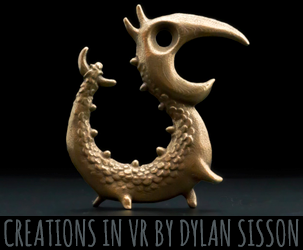


Lightyear: A Metatextual Odyssey
by Maria Elena Gutierrez
Pixar has never been afraid to push the boundaries of storytelling, and with Lightyear the studio has served up a narrative packed with metatextual flavors. This is a movie within a movie, the favorite film of Andy, the boy from Pixar’s groundbreaking 1995 animated feature Toy Story. It is also a celebration of all the science fiction adventure movies beloved of its director Angus MacLane, who co-wrote the screenplay with Jason Headley.
Given this heritage, it is not a surprise the film is filled with references that not only embrace the legacy of its lead character, Space Ranger Buzz Lightyear (Chris Evans), but which also celebrate cinema through the ages. During its 100-minute run-time, it delights its audience with countless visual and audio echoes of sci-fi classics such as 2001: A Space Odyssey, The Empire Strikes Back, Aliens, Gravity and many more. It also sets up classic Toy Story character quirks, from establishing the back-story of the evil Zurg, to explaining Buzz’s urge to narrate his every move into his wrist communicator.
But there is more to Lightyear than just referential amusement. No sooner has the film introduced its protagonist as the confident action hero we know and love, than it promptly subverts our expectations about what kind of space adventure this really is. When Buzz’s arrogance leaves the 1,000-strong crew of his spaceship stranded on a hostile alien planet, he embarks on a series of high-velocity flight tests that unexpectedly catapult him into the future, step by step.
This is a predicament drawn directly out of classical Greek mythology. Like Sisyphus, condemned to push a boulder up a mountain only to have it roll down again as punishment for his hubris, Buzz endures a kind of repetitive time-travel torture. In a moving montage sequence, we see his friend and loyal comrade Alisha Hawthorne (Uzo Aduba) grow progressively older until eventually she dies. Up to this point Buzz’s gung-ho attitude has kept his spirits high – now he finally wakes up to the hard reality of his situation.
Through this clever use of time dilation – a phenomenon based on real science and employed to great dramatic effect in films such as Planet of the Apes and Interstellar – MacLane and his team elevate Lightyear from mere action-adventure to something more cerebral … not to mention emotional. I defy anyone not to be moved by Buzz’s distress as he listens to Alisha’s final recorded goodbye message.
Action sequences tumble over each other in rapid succession, with Buzz and his companions bounding energetically from one crisis to the next. In conceiving and executing these high-energy set pieces, the animation team walks a subtle line between fluid realism and the snappy choreography of the original Toy Story. This is something else Pixar does supremely well, and we should not take it for granted – the ability to create characters who perform with all the exaggerated joy we hope for in an animated blockbuster, yet at the same time feel like living, breathing beings.
As he settles into his future world, Buzz joins forces with the Junior Zap Patrol, a group of misfits who challenge his expectations and ultimately teach him the value of teamwork. The ensemble of Alisha’s grand-daughter Izzy Hawthorne (Keke Palmer), anxious underachiever Mo Morrison (Taika Waititi) and gruff parolee Darby Steel (Dale Soules) is briskly sketched and solidly performed. A special shout-out goes to Peter Sohn’s performance as SOX, the amusing and ever-resourceful robot cat who regularly saves the day.
In recent interviews, Angus MacLane has talked about letting his camera tell the story. How true this is – as these characters battle their way across the surface of the planet, we are treated to a wealth of gorgeous visuals, from the constantly-evolving architecture of the planetary base to a host of colorful and imaginative environments. MacLane’s camera lingers with extra care on the costumes, especially the many and varied spacesuits – inspired by a production visit to NASA – including the classic green-and-white Buzz Lightyear outfit. In short, Lightyear is a visual feast.
Lightyear should be celebrated for the gentle yet straightforward way in which it establishes Alisha Hawthorne as a gay character in a same-sex marriage. How wonderful it is to see representation handled in such an intelligent fashion. What better summer movie could we ask for than a nostalgic space adventure movie that also embraces contemporary issues, that succeeds in combining both with the lightest of touches, and that rejoices in the fulfillment of the task it has so enthusiastically taken on? Lightyear is that movie.
Dr. Maria Elena Gutierrez is the CEO and executive director of VIEW Conference, Italy’s premier annual digital media conference. She holds a Ph.D. from Stanford University and a B.A. from the University of California Santa Cruz. VIEW Conference is committed to bringing a diversity of voices to the forefront in animation, visual effects, and games. For more information about VIEW Conference 2022 program of events, visit our website: https://www.viewconfe



























